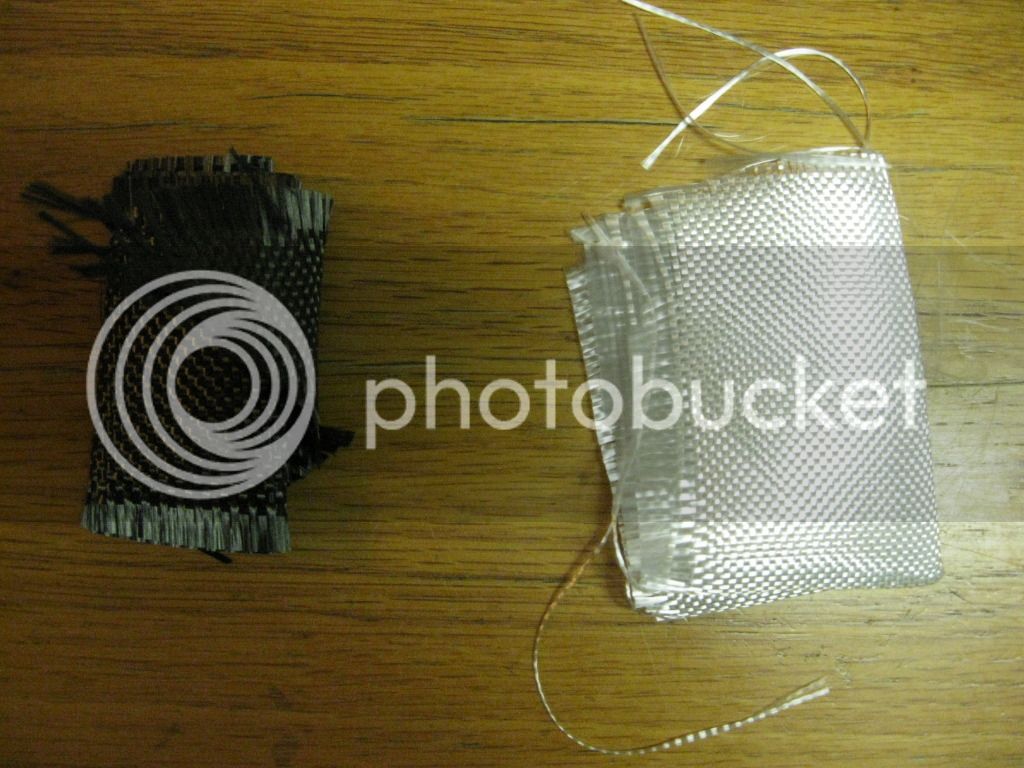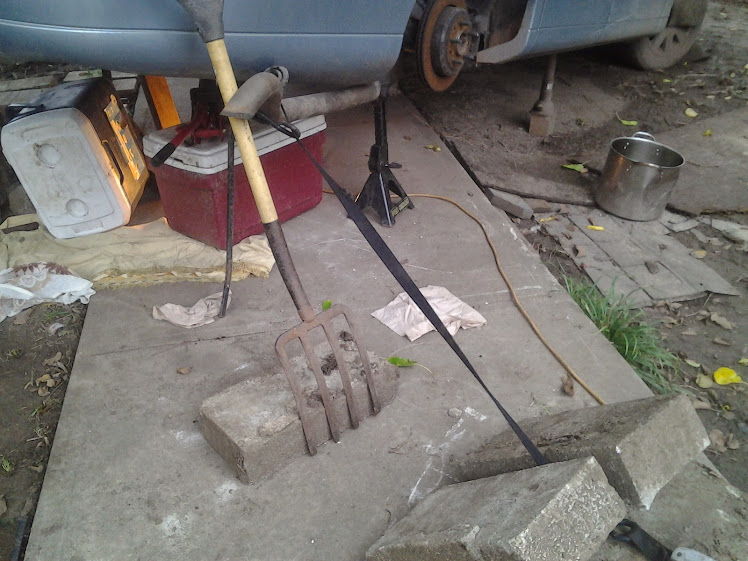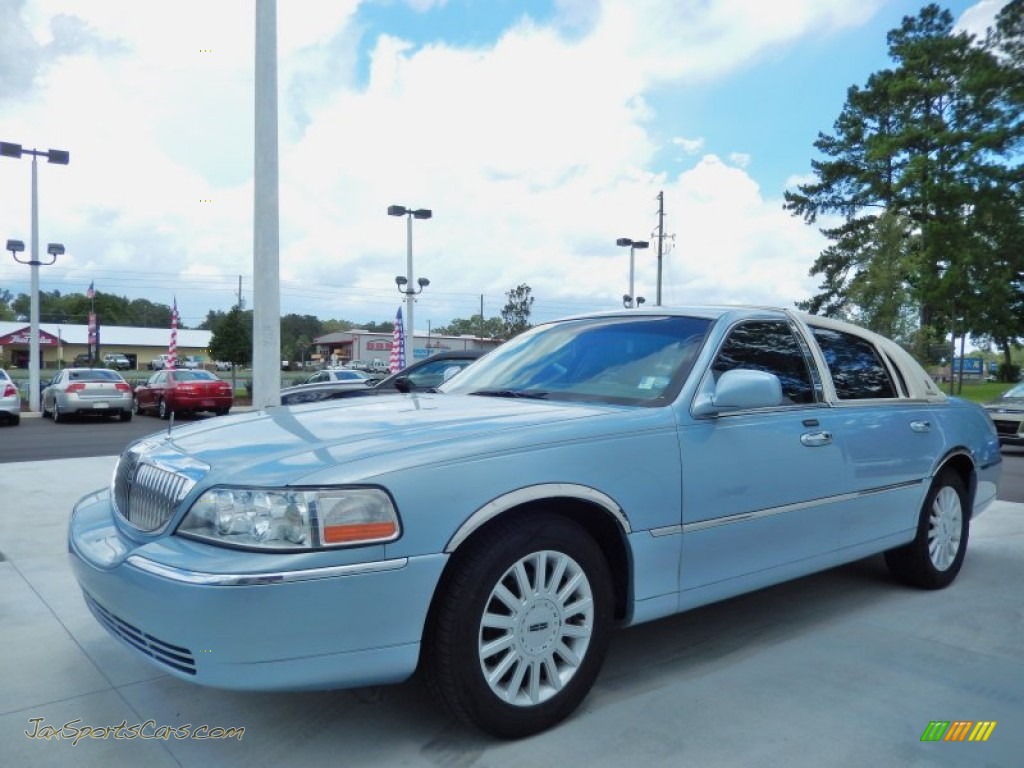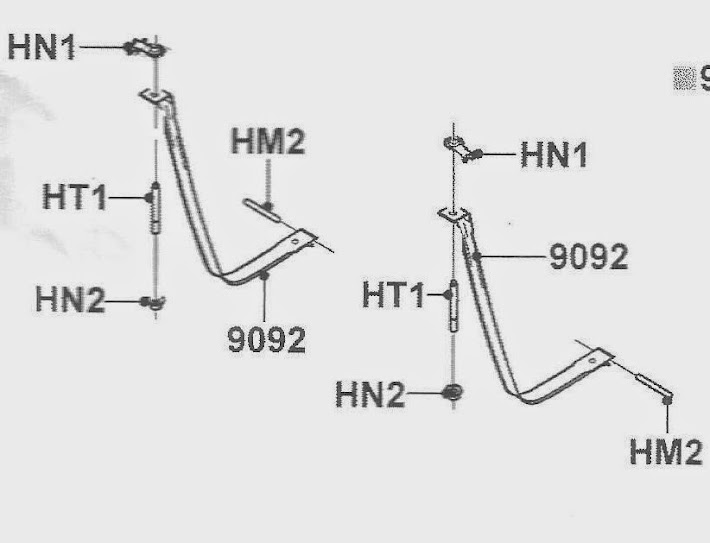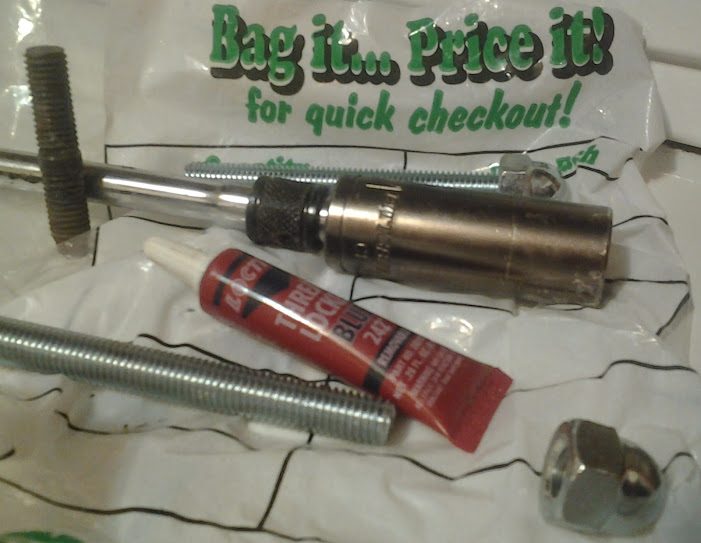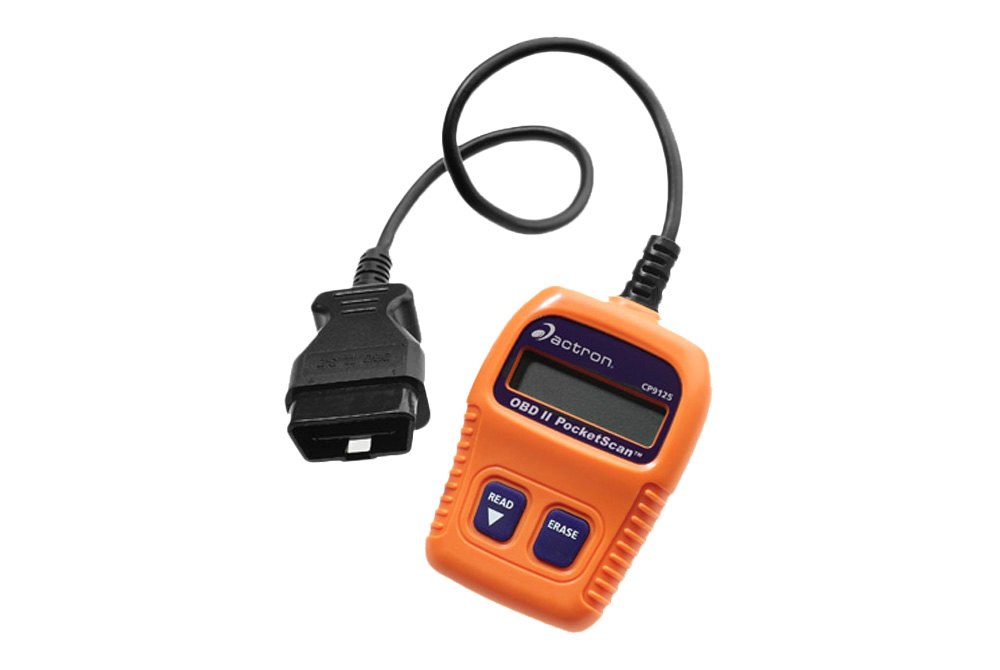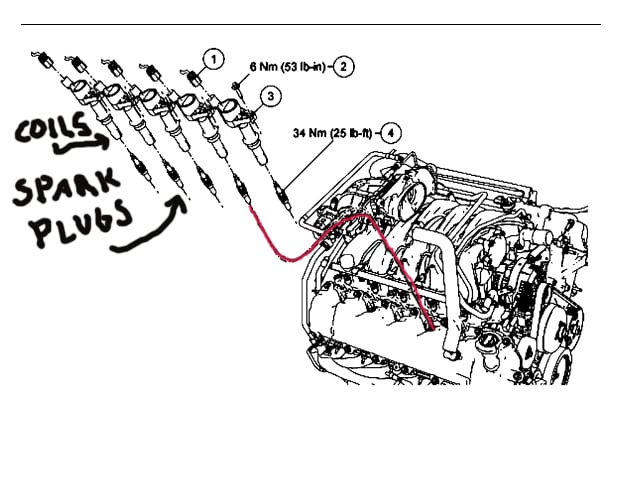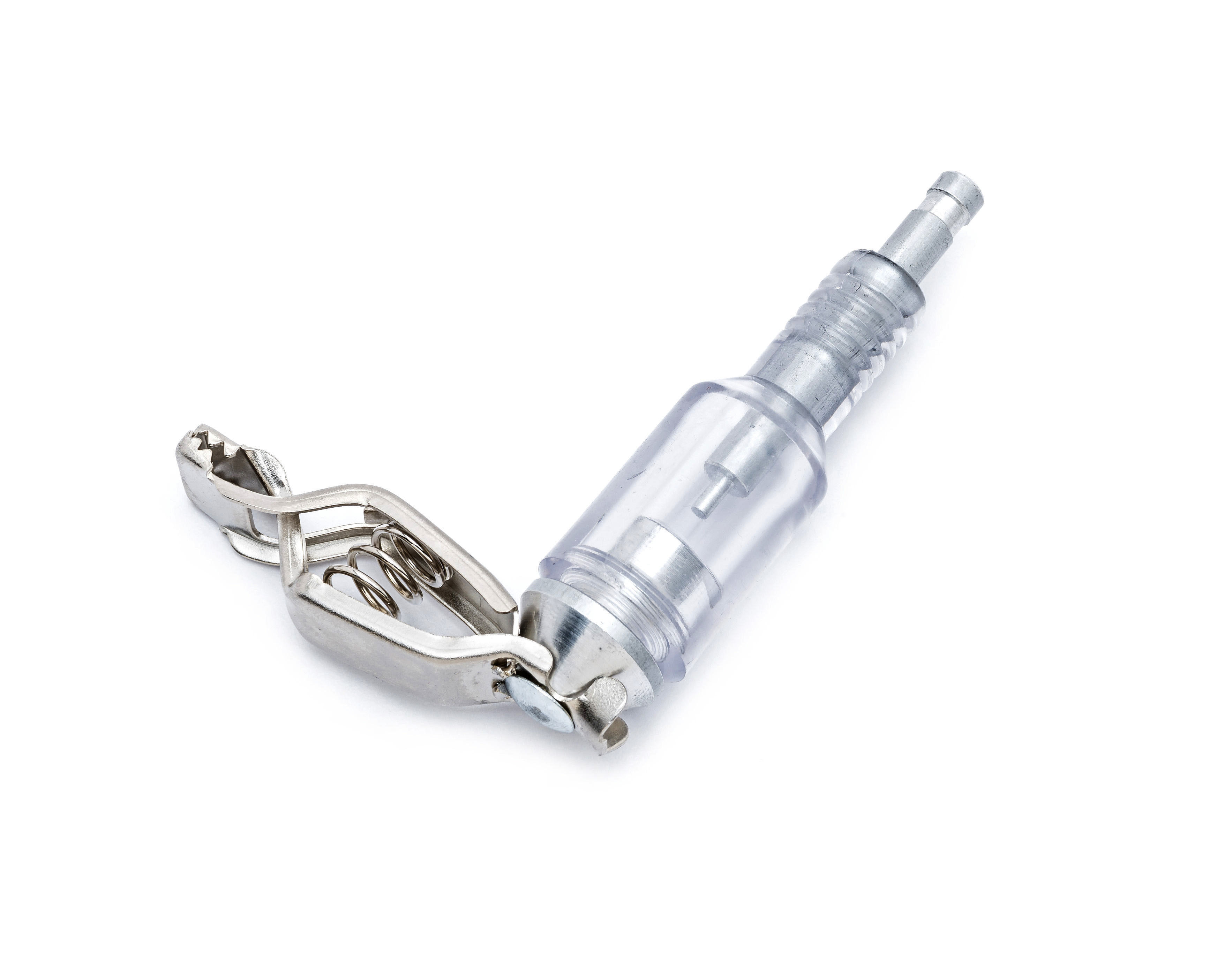fechter said:
...He tried putting some epoxy stuff over the hole, but it failed in a short time...
I ordered and received the new fuel pump via Auto Zone, who shipped it directly to my house (a day late, but who's complaining?). The pump is pump-only, that is, without the sender unit. This means I'll have to replace the pump in its holder, which doesn't involve much more than a couple of hose clamp exchanges.
However, I still have the problem of the slow leak in the fuel tank, evidenced by the stains and suspicious history. Actually, I conjuncture the slow leak is the indirect cause of the pump failure.
A modern Ford in-tank fuel pump turns on with the ignition, but then it is programed to turn off in a few seconds if the engine fails to start. Because the pump is cooled by the fuel going through it, this turn-off is a precaution against running a pump in an empty tank where a pump will have no means to cool itself.
But this precautionary feature can be defeated if the anxious driver continues to attempt to start the engine. Each time the driver attempts to start, the pump runs for a few seconds and heats up. Eventually, this process will kill the pump.
Although this job isn't a labor of love, nor it a labor of profit, assembling the whole thing without repairing the tank doesn't sit well with me (as a point of art, actually). At the same time, the additional time & expense of taking the tank to a radiator shop for repair, isn't realistic.
So, I'll rotary wire-brush clean the suspected place of leak; then, I'll paint the area with epoxy; then, I'll use fiberglass fine webbing; then, apply more epoxy. I used this method successfully once before.
But I have one minor problem with doing that procedure. Where do I get the fine fiberglass webbing (as shown in the last pic)? I haven't looked around much yet. And, yes, I know I could find it online somewhere, but I can't wait.


